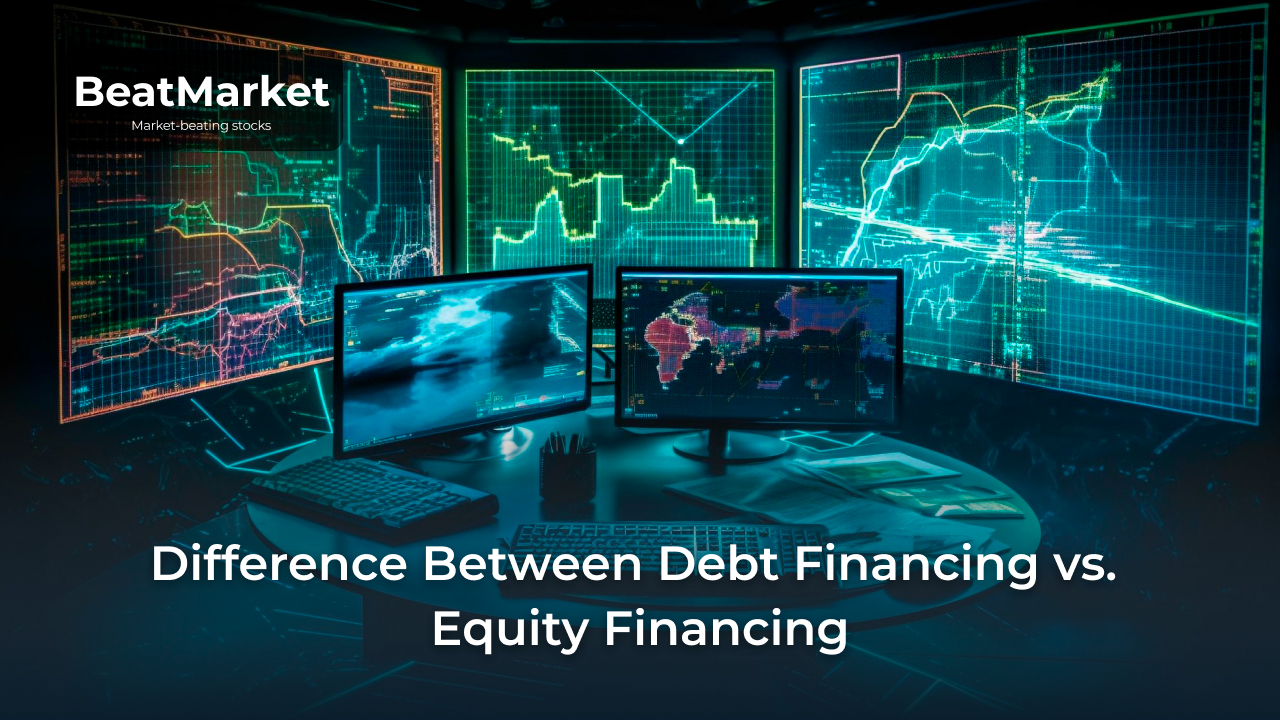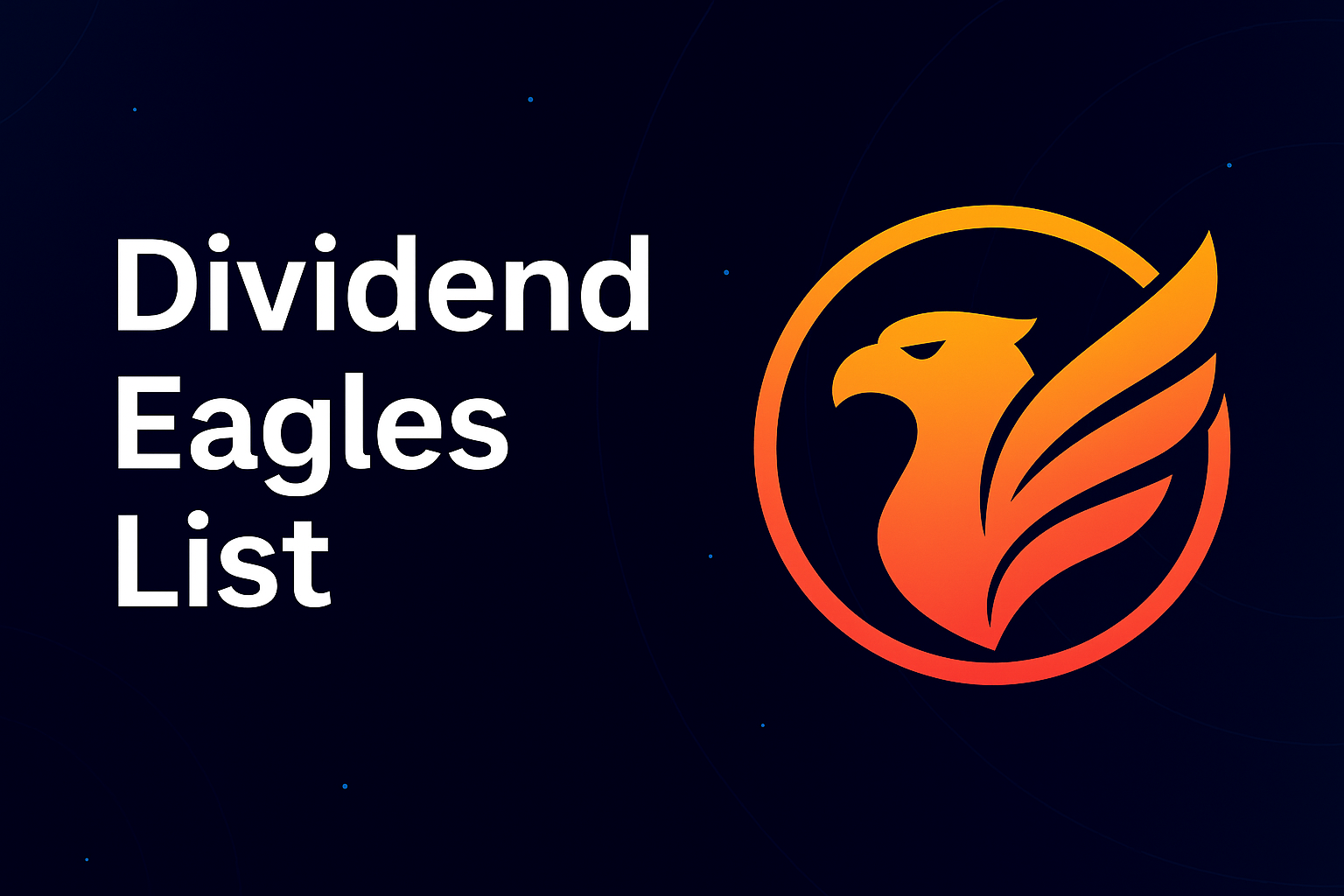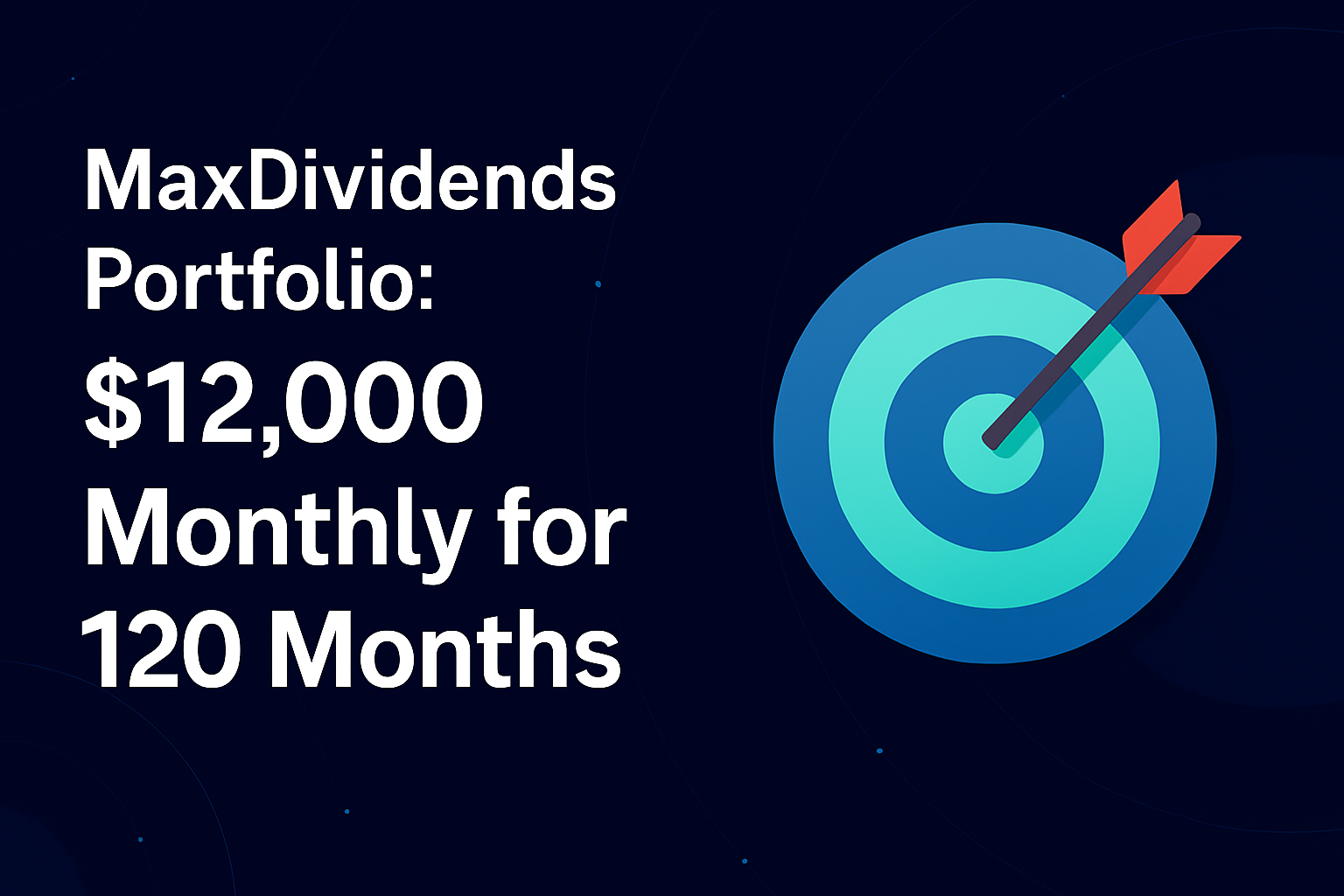Debt and equity financing are the main investment vehicles. Debt financing involves borrowing for a certain period of time. All money received must be paid back.
As defined by Investopedia author Caroline Banton, equity financing is the process of raising capital by selling shares. Yet at early stages of business development, it is more likely to be a private equity investment.
Equity investors may receive a share of the company’s profits in exchange for their investment. They also have the power to vote on key management issues.
The choice between debt and selling a portion of ownership is based on the goals and features of the business. It is helpful, however, to know the pros and cons of debt and investor involvement. As well as understanding what’s the difference between debt and equity.
Table of Contents
What is Debt Financing?
Debt financing is a loan received from an external source. It implies the need to pay back the money received. And it requires paying back with interest charges for their use.
There are several types of debt financing for small businesses:
- bank loan;
- a business credit from the federal Small Business Administration (SBA);
- lines of credit;
- credit cards;
- merchant cash advance;
- commercial mortgages;
- equipment purchase financing programs;
- overdrafts, etc.
Large businesses can also use loans. In addition, financing is available to them by raising capital through an initial public offering of bonds.
One of the debt financing types is convertible debt. Originally, the lender provides the loan. However, the lender has the right to claim a stake in the business in the future. The company does not choose between debt and sale of shares, but takes advantage of both methods at once.
The interest rate is dependent on the form of debt financing, reliability of the borrower, etc. Secured debt is typically cheaper than unsecured debt.
Pros and Cons of Debt Financing
Debt financing has the following benefits:
- the business owner retains ownership retention;
- the creditor has no control over the company’s policies;
- debt service costs are tax deductible;
- obligations to the creditor are fixed and terminate when the debt is paid.
But debt financing has disadvantages. They depend on the type of debt. The following points will be common:
- qualifying difficulties;
- repayment burden;
- high cost of borrowing;
- default risks.
To get a small business loan from a bank, a company must prove its solvency. Another financing option is to provide valuable collateral.
It is necessary to start repaying the money almost immediately. This is the main cons of debt financing. This becomes a problem, for example, when funds are needed to expand production. There is a risk that repayments will have to be started before the income from the new lines is received.
Usually the debt is paid back with interest gradually, in one payment per month. In the case of a merchant cash advance, payments may occur daily. There are also bonded loans or deferment programs. These, on the other hand, allow one to postpone the need to repay the body of the debt.
The high cost of debt negatively affects the ROI of the business. The lender may claim the property provided as collateral. Debt financing comes with the risk of bankruptcy. Whereas, equity capital is not repayable in case of company closure.
What is Equity Financing?
Equity financing involves selling part of the business to an investor. The company that raises the capital does not pay interest for using it.
But there is a dilution of the ownership stake. Investors get the opportunity to influence management in proportion to the amount invested. Most importantly, they are entitled to a share of the profits. These obligations are not time-limited.
Types of equity financing:
- transactions with private individuals, angel investors;
- raising venture capital;
- alternative financing, such as equity crowdfunding;
- stock exchange listing (IPO or additional issue).
Which type of equity financing to use depends on the development stage of the business. The latter also affects how beneficial it is for the current owners to raise capital.
Pros and Cons of Equity Financing
Equity financing, like debt financing, has advantages and disadvantages. The positive aspects make it attractive for startups and small businesses:
- No obligation to repay the money;
- shared risk;
- option to benefit from the experience and connections of a venture capitalist/business angel.
Equity financing can provide rapid scaling. It eliminates the need to divert cash flow to pay creditors.
Cons of Equity Financing:
- it is more difficult to raise equity capital than to obtain a secured loan;
- the sale of stock causes dilution of ownership and there is a risk of a loss of control over the company;
- higher final cost of using the money for the original owner.
The profitability of the company makes a profit to the investors. Therefore, they are careful in choosing a business to invest in. Not every startup will interest a venture capitalist.
The founder of the company is deprived of the opportunity to have sole control of the company. Equity financing involves the risk of losing control when investors take over 50%.
The difference between debt and equity financing is that the value of the former is always known. The amount that investors will receive for the money invested depends on future profits. This value may be higher than the borrowing price when the company succeeds.
Key Differences Between Debt and Equity Financing
A comparison of debt financing and equity financing by key parameters is summarized in the table below.
| Factor | Debt financing | Equity financing |
| Ownership | The creditor does not acquire ownership | The investor is entitled to a share of the business and profits |
| Control | The founder retains full control of the company | The investor has the right to influence the company decisions. But this can benefit the business when it comes to an experienced venture capitalist |
| Repayment | The company returns on their investment on the due date. The relationship ends before the next loan | There is a buyback option. But return of capital and termination of the relationship is not a prerequisite |
| Speed | With the ability to secure debt financing, it can be obtained in a matter of weeks or days | Funding depends on the quality of the business plan. Finding an investor and discussing terms often takes months |
| Risk exposure | There is a collateral/bankruptcy risk in case of inability to repay debt | When the company does not make a profit, no money needs to be repaid. In case the company is successful, investors are paid a portion of the profits. That is, in such a case there is a risk of not receiving a significant amount of money in the future |
| Cash flow impact | Debt financing requires debt repayment to begin almost immediately. The associated costs can drain resources | The company is free to use the money. But in the future, some income will have to be allocated to dividends |
Comparing debt financing vs equity financing is a must in order to choose the proper source of funds. The winner in the comparison of equity financing vs debt is determined by the owner’s goals.
How To Choose Between Debt and Equity Financing
When choosing debt or equity financing, there are several factors to consider.
The first is the financial health of the business. It is assessed in terms of creditworthiness. There are cases when a company is not able to start repayments immediately. Sometimes the cost of the loan is too high. In such a case, it is worth thinking about attracting investors.
The second criterion for choosing debt or equity is the business growth stage. Equity financing means rapid scaling and the involvement of experienced investors in the company’s affairs. A startup may benefit from such assistance.
When choosing debt vs equity financing, the goals of raising capital are important. Debt financing occurs to be more often proper for realizing some of them, while for others – stock issuance. In addition, the priority is assessed to:
- retaining full control over the business;
- rapid growth with the venture investor’s money and expertise.
The field of activity is equally significant. There are industry norms concerning the search for development funds. For example, an IT company with minimal material resources is more likely to find a business angel. And a bakery or other local production will get a loan secured by equipment.
It is advisable to choose debt financing in periods of low interest rates, when it is possible to secure a loan and the credit rating is high.
Unlike debt financing, selling company shares is beneficial for companies that want to be as free as possible with the money they receive. The best time to take such a step is during a bull market.
The most common solution is to use two types of financing. The combination of debt and equity allows us to get the advantages of both methods. The risks of bankruptcy and loss of control are reduced.
When a company uses a combination of debt and investor attraction, such as weighted average cost of capital (WACC) appears. Its value depends on the company’s cost of equity and its debt.
According to venture capital consultant Ben McClure, the cost of equity is calculated based on the Capital Asset Pricing Model (CAPM). In the case of debt, the cost is the interest paid minus tax savings.
In fact, WACC is the return a company must show to investors to satisfy them and creditors.
Real-World Examples
Here are company examples that have used one or another type of financing.
Tesla is the most well-known case in point. According to Kate Duguid from Yahoo, Elon Musk has always preferred convertible debt to conventional debt. The company has issued this type of bond format many times while it was private. It did not abandon it after going public.
Debt financing can be exchanged for obtaining equity financing. Typically, the condition for conversion is the achievement of a certain stock value. Such a security is a bet on the growth of the company’s capitalization. At the same time, it is a protection against falling quotations.
Another example is Spotify. Before going public, this issuer issued convertible bonds. They were exchanged for the company’s stocks after the DPO.
At the early stage of development, Meta resorted to equity financing. The first external investment was made by Peter Thiel in 2004, which amounted to $500,001. As a result, Thiel received a 10.2% stake in the business.
Uber, Apple, Google, Airbnb and many others also attracted venture capital.
Equity financing comes to be used not only by startups. Frequently, when financial problems arise, companies resort to additional stock issues. For example, cruise operator Carnival used such a step in 2020.
But such a financing method doesn’t seem to be welcomed by the market. News about the additional share issue leads to a decrease in quotations. This is due to the fact that there is dilution of earnings per stock. The investor’s profitability and the value of his share in the company fall.
You Might Also Like
- What Is a Dividend Recap? Understanding This Financial Strategy
- Best MLP ETF: Understanding Dividend Stocks and How to Invest in Them
- What Is a Dividend Yield? Understanding This Key Investment Metric






